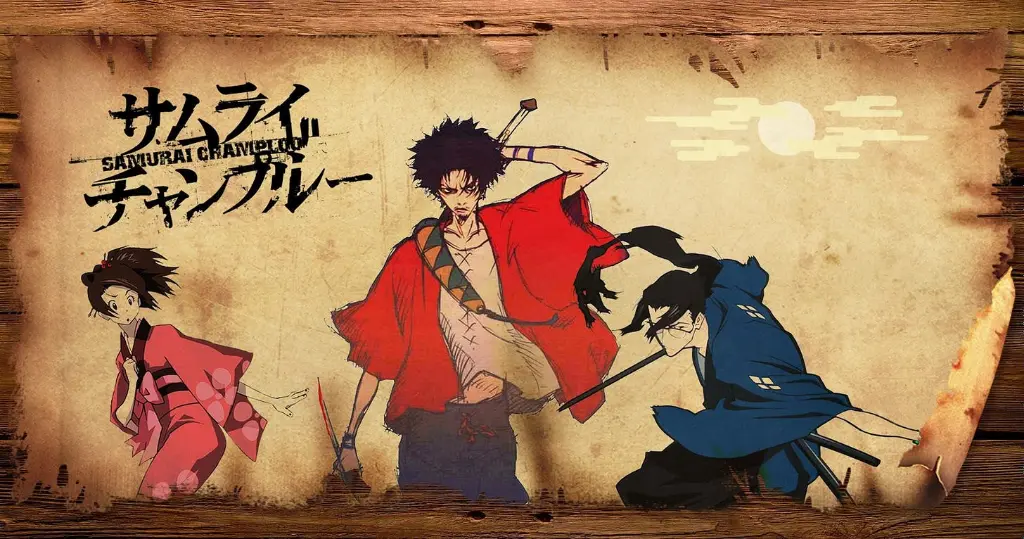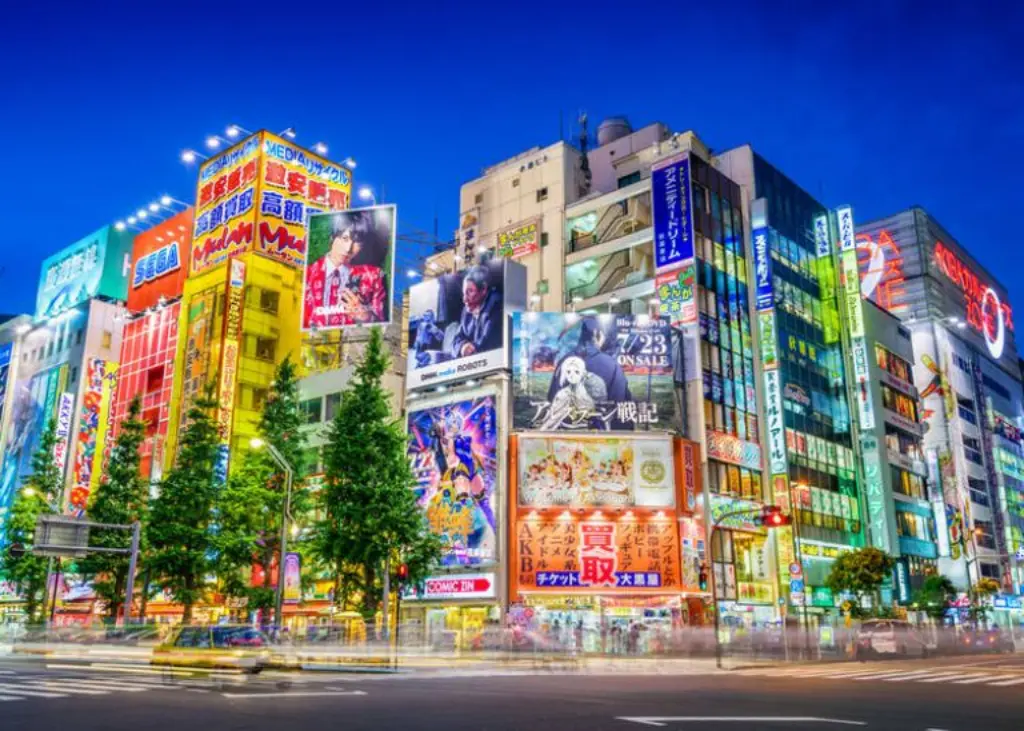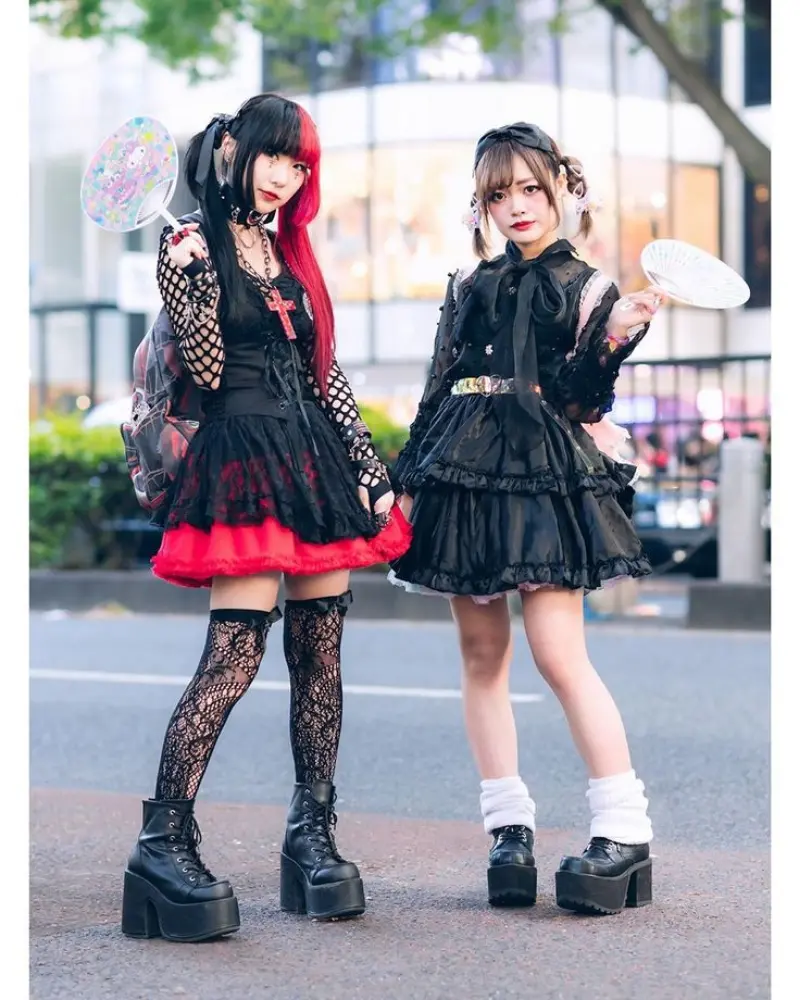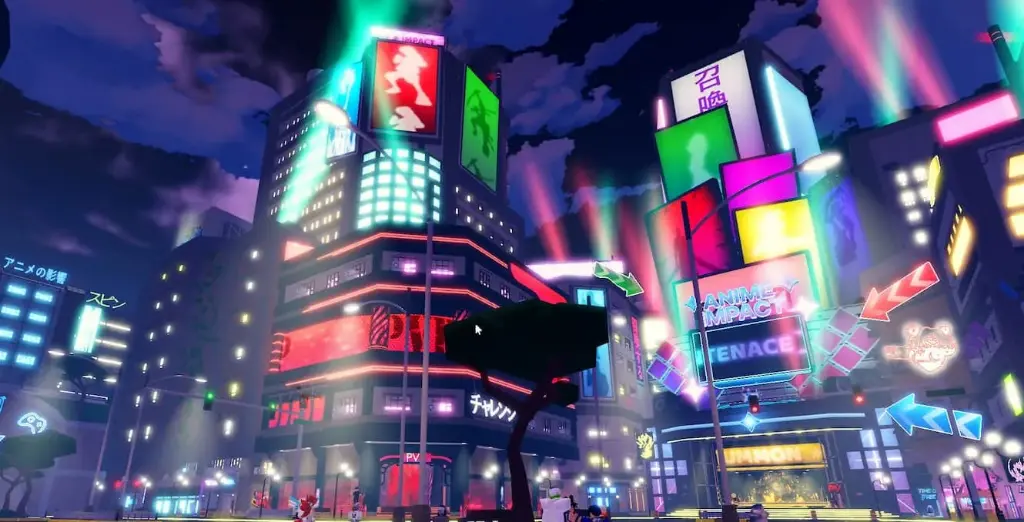Japanese anime, with its distinctive art style, captivating narratives, and memorable characters, has transcended its origins to become a global phenomenon. More than just entertainment, anime has played a pivotal role in introducing and popularizing various aspects of Asian culture to a worldwide audience. This article delves into how anime has achieved this, examining the specific elements and themes that have resonated with viewers across different continents.
The Rise of Anime: From Local to Global
The journey of anime from a niche Japanese art form to a global cultural force is a testament to its unique appeal. While manga, the precursor to anime, has its own rich history, it was the animated adaptations that truly captured international attention.

Early pioneers like Osamu Tezuka, often called the “God of Manga,” laid the foundation for the visually dynamic and thematically complex series that followed. His work in the 1960s, such as Astro Boy, was instrumental in shaping the visual language of anime and established it as a viable storytelling medium.
The 1980s and 1990s witnessed a surge in anime’s popularity outside Japan. Series like Akira, Dragon Ball, and Sailor Moon became staples in many households worldwide. These shows, often dubbed into various languages, introduced viewers to aspects of Japanese culture, including mythology, social customs, and aesthetic values, often without them consciously realizing it. This gradual exposure has laid the groundwork for more complex narratives and cultural explorations in subsequent years.
See also The Worldwide Fascination with Moroccan Art Design and Cuisine
The Worldwide Fascination with Moroccan Art Design and Cuisine
Anime as a Cultural Gateway
One of the primary ways anime promotes Asian culture is by acting as a cultural gateway. Unlike traditional media portrayals of Asia, which can be stereotypical or exoticized, anime often offers a nuanced and authentic portrayal of daily life, customs, and beliefs. It immerses viewers in different settings, from bustling Tokyo streets to serene rural villages, showcasing the diversity of Japan itself. This allows viewers to see beyond caricatures and develop a more genuine understanding of Japanese life.

Depictions of Everyday Life and Customs
Many slice-of-life anime series, such as Yokohama Shopping Log and K-On!, offer glimpses into the everyday experiences of Japanese people. From the food they eat to the activities they engage in, these shows provide authentic depictions of Japanese customs and traditions.
For instance, anime frequently features scenes involving traditional meals, seasonal festivals, and respectful social interactions, often including the specific cultural nuances associated with them. The meticulous detail with which these aspects of life are portrayed helps bridge the cultural gap and enhances cultural understanding.
Exploring Traditional and Historical Narratives
Beyond daily life, many anime series delve into historical periods and folklore, providing a window into Japan’s past. Series like Rurouni Kenshin, set during the Meiji Restoration, and Princess Mononoke, steeped in ancient Japanese mythology and environmental themes, not only entertain but also educate viewers about important historical and cultural contexts.
See also The Worldwide Obsession with Nordic Culture and Minimalism
The Worldwide Obsession with Nordic Culture and Minimalism
These narratives often weave in references to samurai culture, Shinto and Buddhist beliefs, and the rich tapestry of Japanese legends, sparking curiosity and encouraging further exploration of these topics.
Thematic Elements and Their Cultural Impact
Beyond the visual and narrative aspects, certain thematic elements in anime have greatly contributed to its cross-cultural appeal and promotion of Asian values. These themes often resonate with audiences worldwide, making the cultural messaging more accessible and relatable.

Emphasis on Community and Harmony
A recurrent theme in many anime series is the importance of community and collective well-being. Unlike Western narratives that often prioritize individualism, anime often emphasizes the value of teamwork, loyalty, and social harmony.
Series like Fairy Tail and One Piece showcase the power of friendship and cooperation, promoting a sense of interconnectedness and shared responsibility. These values, deeply rooted in many Asian cultures, offer a counter-narrative to the often-competitive Western model and provide a different perspective on human relationships.
Respect for Nature and the Environment
Many anime films and series, particularly those produced by Studio Ghibli, showcase a deep respect for nature and the environment. Films like Spirited Away and My Neighbor Totoro emphasize the interconnectedness between humans and the natural world, promoting a sense of ecological responsibility and environmental consciousness.
These narratives often feature Shinto and Buddhist themes, which emphasize the spiritual significance of nature and the importance of living in harmony with it. These messages have been impactful in promoting eco-friendly values across the globe.
Exploration of Complex Moral and Ethical Issues
Anime often tackles complex moral and ethical issues with depth and nuance. Series like Death Note and Attack on Titan explore the complexities of justice, power, and human nature. Such themes are often approached with maturity and complexity, encouraging critical thinking and offering different cultural perspectives on these universal themes. This can promote a more globalized way of understanding ethical dilemmas that go beyond simplistic good vs. evil narratives.
Impact on Global Fashion and Aesthetics
The influence of anime extends beyond storytelling, profoundly impacting global fashion, art, and aesthetics. The distinct character designs, vibrant colors, and unique styles found in anime have inspired a wide range of artistic and fashion trends.
Fashion Trends and Cosplay
Anime has significantly impacted fashion trends, particularly through the rise of cosplay. Cosplay, short for “costume play,” involves dressing up as characters from anime, manga, and video games. This trend has become a global phenomenon, with millions of people actively participating in conventions and online communities.

Cosplay not only celebrates anime but also allows participants to express creativity, engage with their favorite characters, and connect with like-minded individuals. This has pushed mainstream fashion to explore and adopt more vibrant and unconventional styles.
Inspiration for Art and Design
The distinct artistic style of anime, characterized by large expressive eyes, dynamic action sequences, and intricate backgrounds, has inspired countless artists and designers. Anime’s influence can be seen in diverse fields, from graphic design and animation to illustration and fine art. Many artists around the world incorporate anime elements into their work, leading to a unique fusion of styles. Moreover, the narrative structure and visual storytelling techniques from anime have shaped contemporary artistic trends.
Challenges and Criticisms
Despite its widespread appeal and cultural influence, anime has faced certain criticisms and challenges. It’s essential to acknowledge these points to provide a comprehensive perspective on its role in popularizing Asian culture.
Stereotypes and Cultural Misrepresentation
While anime often aims for authentic portrayals, some series may unintentionally perpetuate stereotypes or misrepresent cultural elements. The use of tropes, such as exaggerated reactions or certain character archetypes, can sometimes lead to misunderstandings and inaccurate perceptions of Japanese culture. It’s vital for viewers to approach anime with a critical eye and recognize that not all depictions are entirely representative of the entirety of Japanese society.
Potential for Cultural Appropriation
Another concern is the potential for cultural appropriation. In some cases, elements of Japanese culture may be adopted without proper understanding or acknowledgment, reducing them to mere trends or superficial aesthetics. This can lead to a distorted view of cultural significance and may minimize the complex history and meaning behind certain traditions. To mitigate such issues, a deeper understanding and respect for the source culture is necessary when engaging with aspects of it.
Impact on Social Values in Different Cultures
While anime often promotes positive values such as friendship and environmentalism, it also explores darker themes and complex moral issues. Some concerns have been raised about the potential impact of these narratives on different cultures and age groups. It is important for viewers to engage critically with the content they are consuming, and to consider their own cultural context. Anime often reflects different social mores which should be seen as an opportunity for learning and understanding, rather than simply adopting.
Conclusion: A Lasting Impact
In conclusion, Japanese anime has played a significant and multifaceted role in popularizing Asian culture globally. Through its captivating narratives, vibrant art style, and exploration of universal and culturally specific themes, anime has broadened horizons and fostered cross-cultural understanding.
While it is important to approach anime critically and be aware of its limitations and challenges, its impact on global perceptions of Japanese culture is undeniable. As anime continues to evolve and reach new audiences, its potential to connect people and share stories from diverse cultural backgrounds remains incredibly significant.

The unique perspectives, values, and traditions of Japanese culture, brought forth through anime, continue to inspire and influence a global audience, proving its cultural impact to be both widespread and enduring.
Ultimately, anime serves as a bridge between cultures, encouraging curiosity, understanding, and appreciation for the richness and diversity of Asian societies.“`



